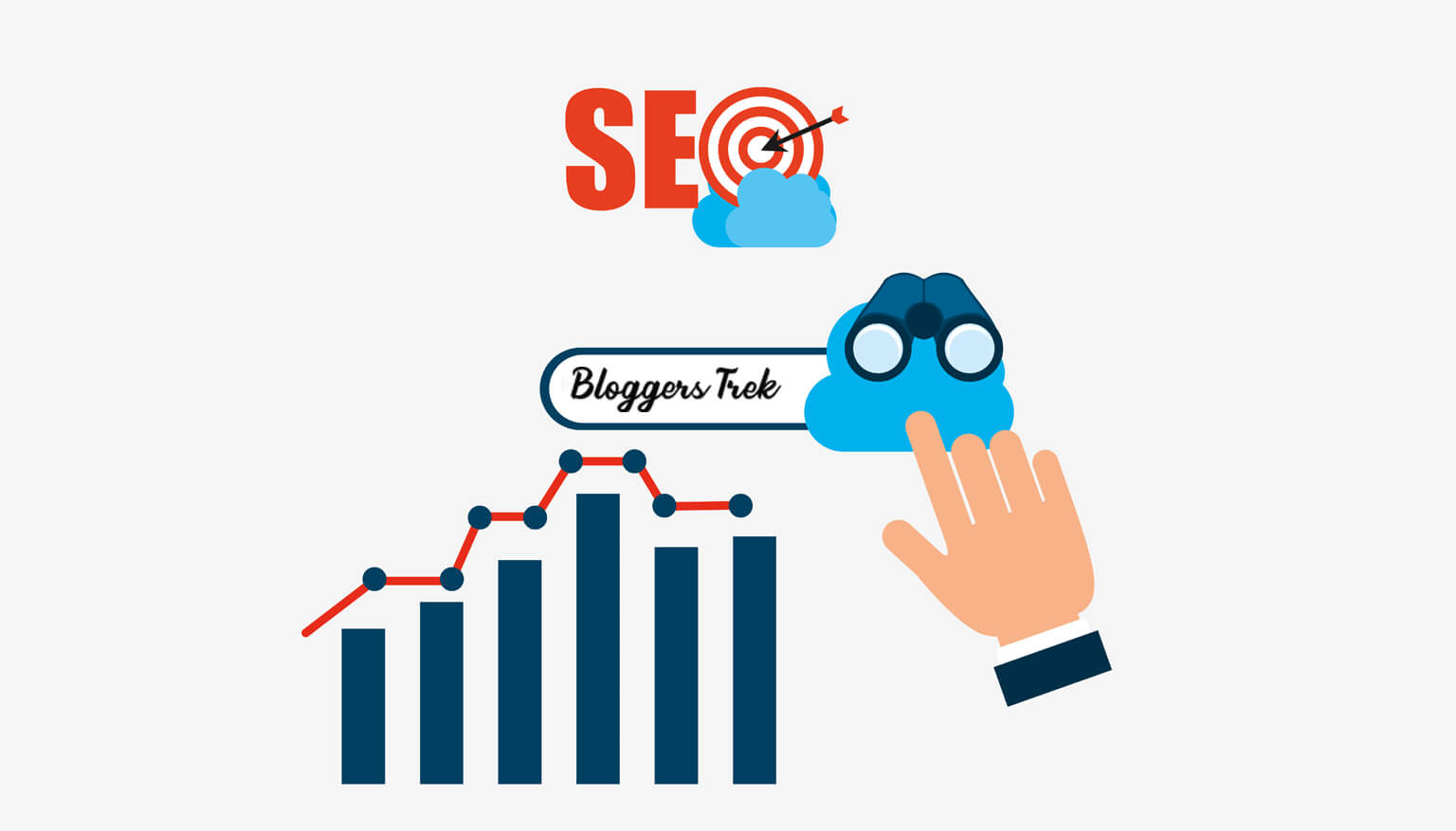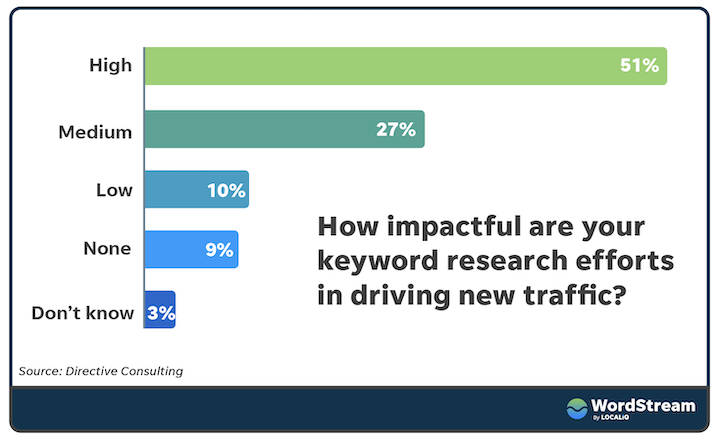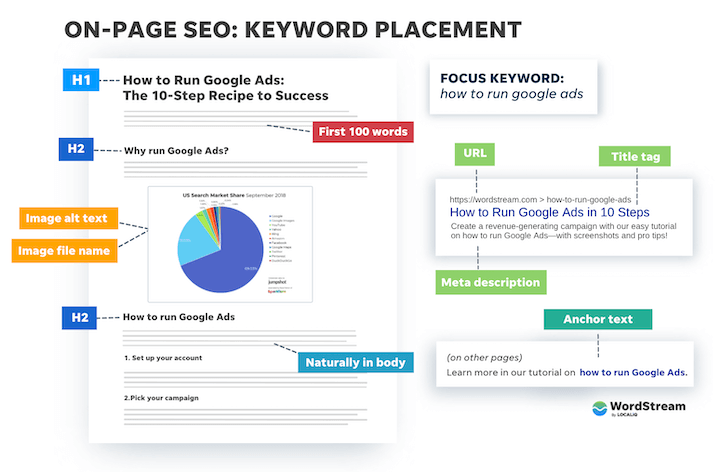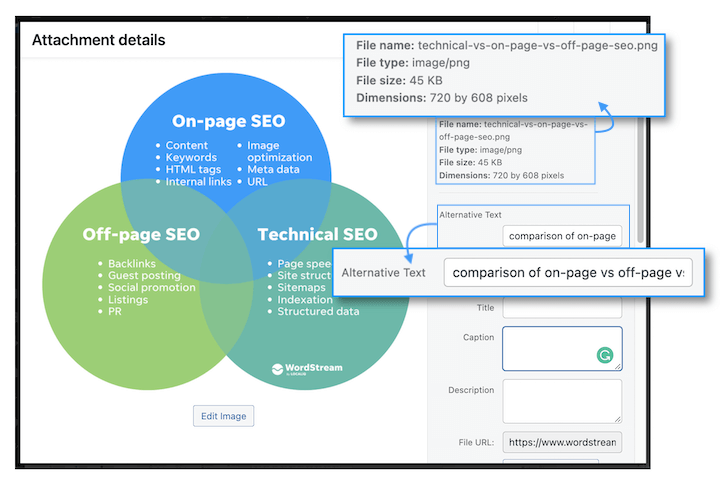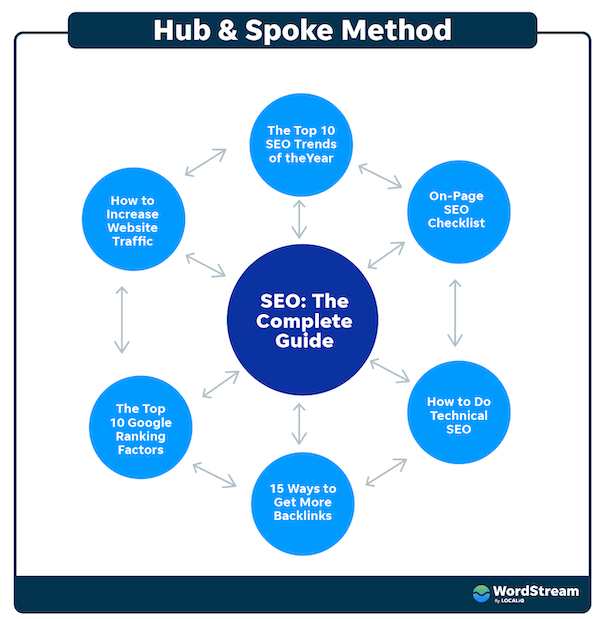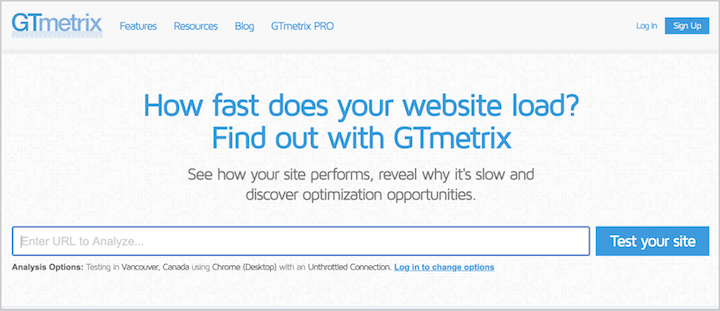Google ranking is a measure of how well a website is doing in Google search results. The higher the rank, the better the website will perform in terms of attracting traffic from Google.
Google ranking factors are complicated and there are many things that can affect your site’s rank. The most important thing to do is to make sure that your site has high-quality content and that you follow SEO best practices.
Read More Article:
- Best WordPress Booking Plugins
- WordPress Quiz Maker Plugins
Table of Contents
Google Update That Affects Your Website Ranks
Google updates are made to ensure that their search engine is always up-to-date and provides the most relevant results for the user. Google updates are made periodically and can change your website’s rank in SERPs.
Google updates are changes to their search engine algorithm, which affect the way their users will find information on the internet. These changes happen periodically and can have a significant impact on a website’s ranking in SERPs (Search Engine Results Page).
Types of Google ranking factors
Before we get into the top 10 Google ranking factors around which you can optimize your website pages, let’s first go over the different types.
- On-page ranking factors refer to the quality of the content on the page and the keywords its targeting.
- Off-page ranking factors are like endorsements from other pages on your site or other websites, and primarily involve backlinks.
- Technical ranking factors measure your site’s ability to be crawled, indexed, and render content quickly and safely for searchers.
- Local ranking factors involve all three of the above, with a special focus on reviews, reputation, and listings.
There isn’t one single ranking factor that will make or break your SEO. It’s the combination of all your technical, on-page, and off-page efforts that work together to help you rank higher on Google, get more traffic, and build trust.
What Are The Top Ranking Factors For Google?
- High-quality content.
- Mobile-first.
- Page Experience.
- Page speed
- On-page optimization.
- Internal links.
- External links.
Plus, you’ll learn the top local ranking factors below, too. Let’s go to it!
Publish High-Quality Content Is The Main Ranking Factor
“I don’t need quality content on my website to rank,” said no one ever.
The quality of your website and blog content is still crucial. Content still reigns as king.
Your content needs to provide valuable information. Creating pages with no real value can come back to haunt you, thanks to Google’s Panda and Fred algorithm updates.
Even big names like eBay and Apple aren’t worthy of the content crown. Thin content has hurt both brands in the past.
High-quality content is about creating pages that increase time on page, lower bounce rate, and provide helpful content for the user.
Blog pages like this and guides like this are the type of high-quality content search engines, and users want.
High-quality content pages must do more for today’s SEO than just be well-written and long-form. They must also take the following into account to enjoy an increased presence in SERPs.
On-page Google ranking factors
The above technical search engine ranking factors have to do with your website as a whole, while these next ranking factors are more page-specific—hence the term on-page SEO.
1. Relevant, high-quality content
The single most important Google ranking factor is the quality of your content. This correlates to the consistent publication of high quality content, user engagement, and niche expertise in the chart above. So what makes relevant, quality content?
- It’s trustworthy. The information is in-depth, accurate, useful, and free of spammy links and/or comments.
- It’s readable. That means organized logically, written conversationally, and not stuffed with keywords (Google will actually penalize you for this). Incorporate it naturally into your page and use it interchangeably with related keywords.
- It’s fresh. Even the most evergreen content loses relevancy over time. So in addition to writing net new content, you should also be updating outdated pages with new information and new keywords that are relevant to today. This is the key to maintaining a good freshness score.
- It matches the intent of the keyword. In addition to using keyword research tools to find out what your ideal audience is searching online, make sure to search the keyword on Google itself to make sure you understand what users are seeking when they perform that search.
In a recent survey conducted by Directive, 78% of marketers identified keyword research as a high-impact practice for driving new traffic. The research process allows you to better understand what your audience is searching for and create content that directly addresses these search queries.
2. Keyword placement
Once you know which keywords you want to rank for, it’s important to insert them into specific places on your page. This includes:
- Title tag: aka meta title; the title that appears on the SERP
- H1 title: title that appears on the page
- H2 headings: aim for at least two
- URL: keep your URL short and clean as well.
- Naturally in the body: and also in the first 100 words
- Meta description: the blurb that appears below the title tag/meta title. Make sure it accurately sums up your page and gives searchers a reason to click. Google doesn’t always use the meta description you provide, but it’s still important to include.
Keywords in the title tags are, by far, the most important, followed by H2s and URL.
3. Image optimization
This is an important one—not only because of Google image search but also because regular search results are getting more and more visual—especially on mobile. Here’s how to optimize your images for SEO:
- Assign alt text: This is the text alternative of an image, and the only way that Google can “see” them. Be short but descriptive and include the keyword. This also makes your website accessible to visually-impaired readers who rely on screen readers to browse the internet, and will show if the image fails to load.
- Compress and resize: Use an image compressor (tinypng is my favorite) to keep your image file sizes to 70-100KB or less if you can. Often, saving as JPG instead of PNG helps. Also, images rarely need to be more than 1,000px wide. Though a responsive website will resize the images automatically, the less requests your site needs to make to the server, the better for page speed.
- Add value: If you can, avoid using empty stock images and graphics in your blog posts and instead use screenshots, examples, charts, and illustrations that depict concepts. This improves the quality of the content and keeps users engaged longer.
- Include the keyword: Not just in the alt text, but the file name. And replace spaces with dashes in the file name, otherwise your CMS will replace them with “%20” which creates an untrustworthy-looking image link.
A properly saved, tagged, sized, and compressed image.
4. Niche expertise
It’s not just the quality of your content that indicates expertise in your niche, but also the quantity of that quality content. For example, WordStream has been publishing high-quality content about PPC for a long time now, so Google has come to see us as a trusted source in this niche. But if we were to publish a super high-quality post about, say, robotic process automation, our chances of ranking for that keyword are slim.
To build out your niche expertise, you can use the hub and spoke method (also known as pillar page and cluster content). With this method, you create a hub/pillar page on a particular topic, usually a broad, high-volume keyword. This serves as the main resource for that topic, and your various H2s cover different child keywords within that topic.
Then you have your spokes, or cluster content, which are the additional pages that dive deeper into each of the aspects (child keywords) covered in the pillar page.
In addition to demonstrating your expertise within this niche, this method also helps with your site structure, which we’ll talk about later. Since the cluster pages link to and from the pillar content, as well as to each other, this keeps all of your links tightly organized around the same topic.
✅ Is your site optimized to rank on Google? Get an instant SEO audit with our free website grader. ✅
Technical Google ranking factors
Since it involves knowledge of website structure and content management systems, technical SEO is commonly a joint effort between marketing and development teams. But although this may seem complicated, once your website is in good working order, there’s not a lot of ongoing maintenance required in terms of SEO. Here are the technical strategies for improving your rank:
5. Page speed
Users expect a pain-free browsing experience, which is why page speed is an important ranking factor. If your pages take too long to load, your bounce rate will increase and your ranking will decrease. You can check yours with GTmetrix or Google PageSpeed Insights.
6. Mobile-friendliness
Back in 2019, Google told us it would be using mobile-first indexing on all new sites. This means that it makes its ranking assessment based on the mobile version of a site rather than the desktop. Then, in 2020 it told us plans for this to be the case for all sites, and as of 2021, all sites are now subject to mobile-first indexing.
In other words, even if the desktop version of your site is flawless, your search engine ranking could take a major hit if it isn’t optimized for mobile. Most content management systems allow you to make preview and adjustments for mobile/smaller screens. You can also use Google’s Mobile-Friendly Test.
Just remember, when it comes to real SEO, there’s no such thing as a silver bullet. The most important note to keep in mind is that climbing the search results pages takes time. If you optimize your website for several ranking factors today, it’s not going to magically appear in the number one spot tomorrow.
The optimization process requires ongoing effort to keep your site as fresh and relevant for your audience as possible. As long as your website is functional and optimized with your target buyer in mind, you’ll start to see organic growth.
For more opportunities to optimize for Google’s ranking factors, follow our easy 10-step SEO audit, or you can use our free Website Grader tool to do it for you.
